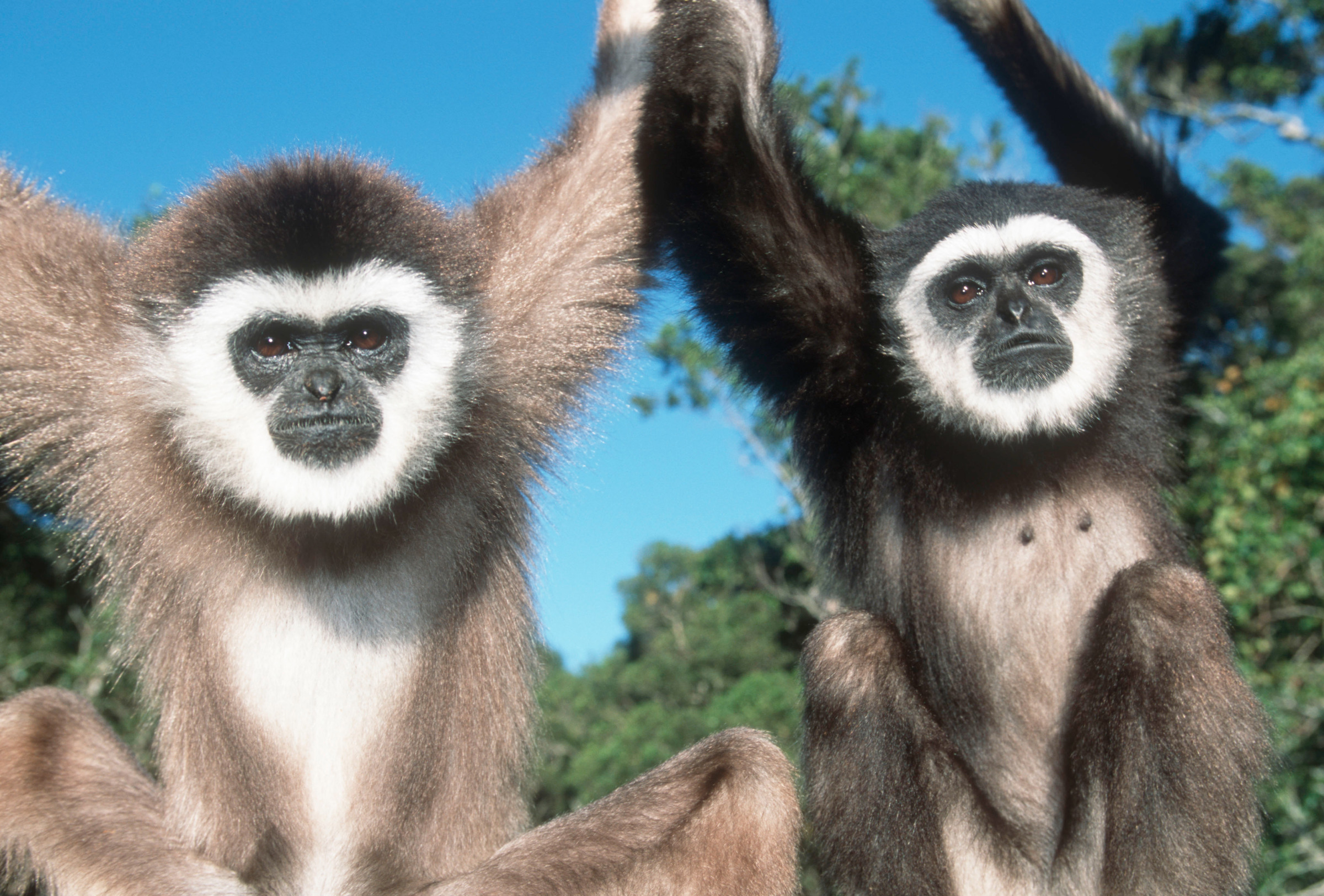

The government in Myanmar has been expanding distribution powerlines in both rural and urban areas throughout the country, including in villages in the Dawna Tenasserim Landscape (DTL). The 11 kV powerlines being used are uninsulated, posing a huge threat to gibbons and other wildlife living nearby. While the electrification of Myanmar’s rural communities is a priority, WWF is committed to ensuring that it is done without harming local wildlife.
In a pilot project, WWF worked with villagers and the local electric cable company to complete a 1.6 kilometre-long insulation project in one of the villages in the DTL. As the government continues to roll out its electrification plan in the country’s rural regions, local wildlife will come under increasing risk unless rural power lines are made safe for them. We aim to use this village project as a model to replicate in other affected communities, for all wildlife and throughout the country.
Our goal is to raise HK$450,000 to fund additional insulation projects in other villages in Myanmar. The amount would pay for the insulation of some three kilometres of power line. For just HK$150, your donation will help us help the gibbons with a purchase of a metre’s worth of insulation:
HK$300 = 2 metres
*HK$750 = 5 metres
*HK$1,500 = 10 metres
*HK$3,000 = 20 metres
*HK$5,250 = 35 metres
*HK$7,500 = 50 metres
*HK$15,000 = 100 metres
*Receive a thank you gift for donating this amount

White-handed gibbons (Hylobates lar) or Lar gibbon can be found in tropical rainforests of southern and Southeast Asia, including Myanmar. The lar gibbon is considered frugivorous with fruit constituting 50% of its diet, but leaves (29%) are a substantial part, with insects (13%) and flowers (9%) forming the remainder. Gibbons are undoubtedly the most endangered of all ape species and are threatened primarily by loss of their forest habitat. Other factors contributing to their reduced numbers include poaching for the illegal wildlife trade and the use of their body parts in Chinese medicine. Lar gibbons are protected species in Myanmar Forest Department's "list of species that need to be protected from the risk of extinction", and is also listed under CITES Appendix I.

Your donation will ensure that Myanmar’s gibbons can continue to thrive, coexisting in villages for years to come.